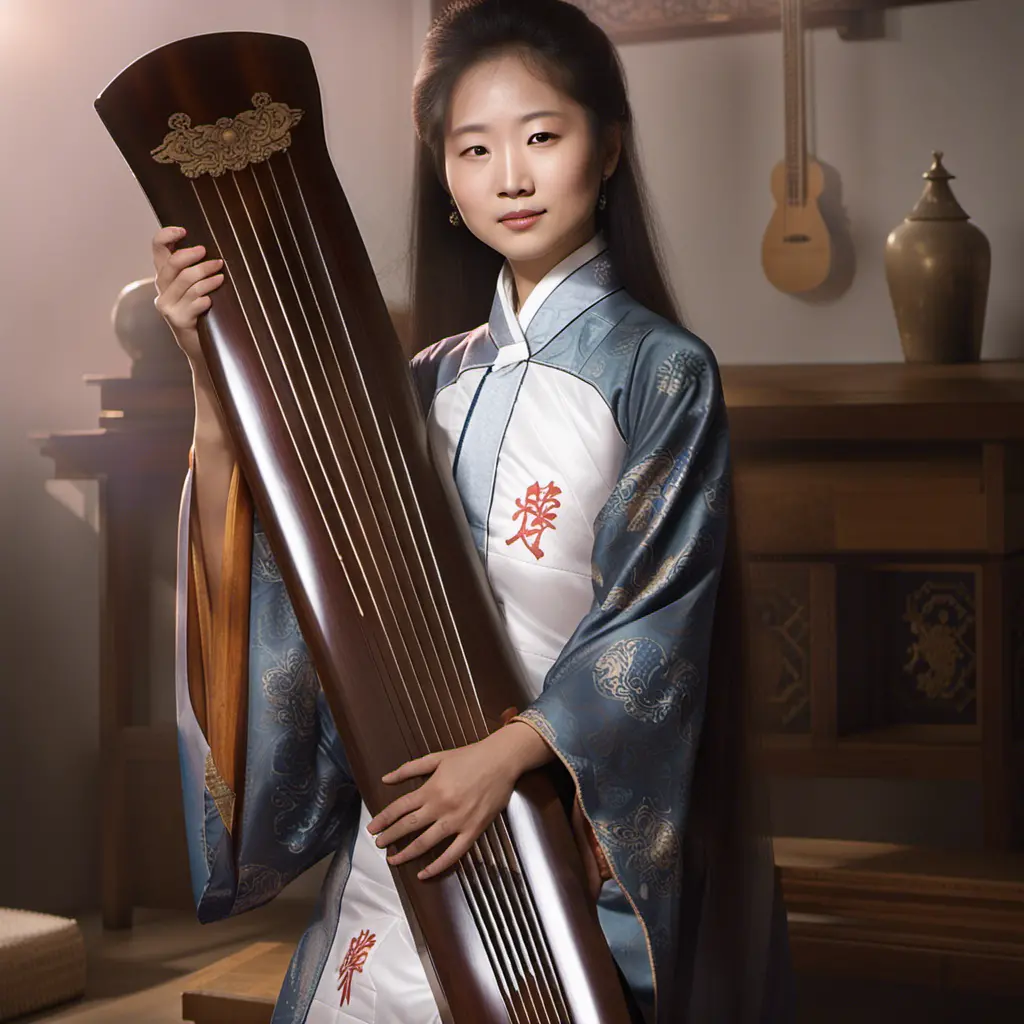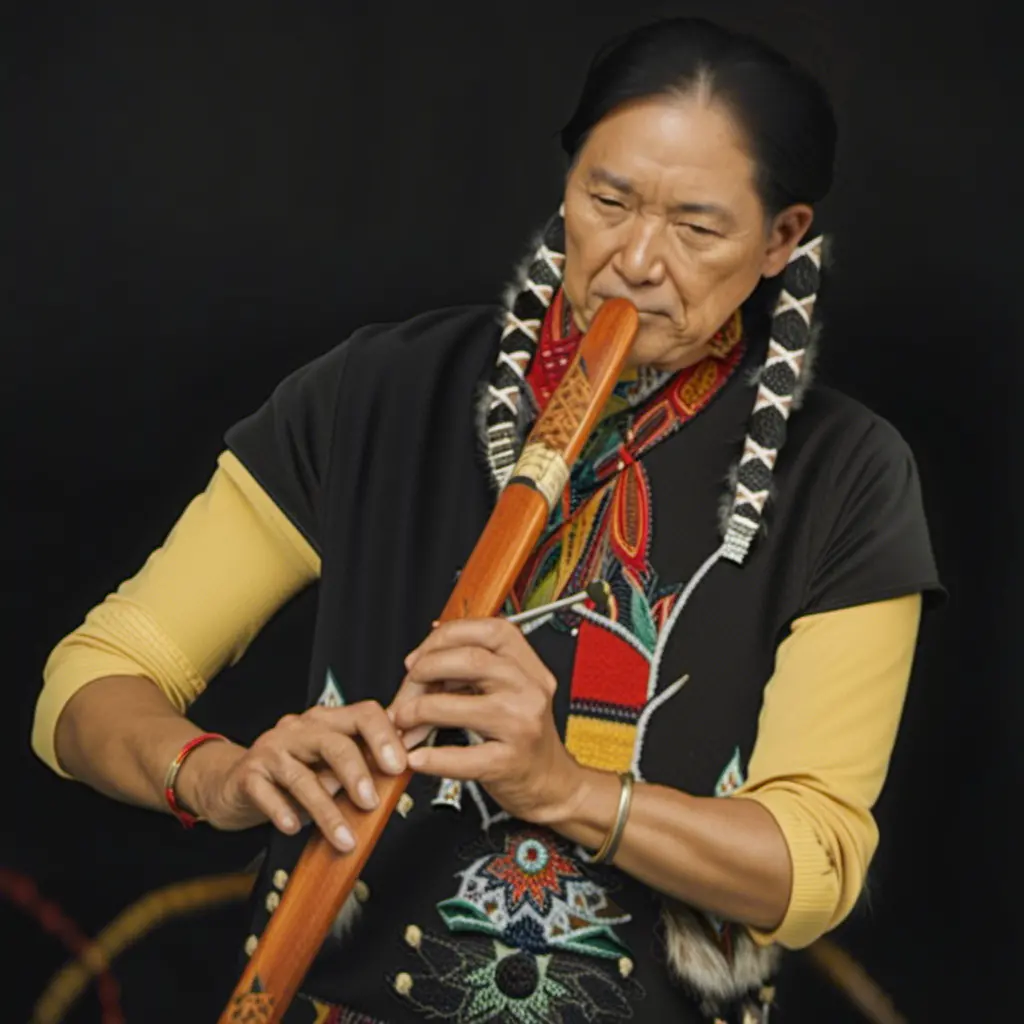The Cultural Significance of Specific Music Instruments
Learn about the cultural significance of specific instruments from around the world.
Music is a powerful force that unites people across cultures and generations. Within the music world, certain instruments have special cultural significance that goes beyond their sounds. These instruments represent traditions, regions, and identities that shape the cultural bases of societies worldwide.
Each instrument has a unique story, rooted in the history and values of the communities that treasure them. From Africa's tribal rhythms to the mesmerizing melodies of the East, these instruments embody cultural expression.
In this article, we will explore the cultural significance of specific musical instruments. We will discover how instruments like the African djembe, Chinese guqin, Spanish flamenco guitar, Native American flute, and Indian sitar have shaped the traditions and identities of their respective cultures. We'll uncover the connections between these instruments and the societies that embrace them.
The African Djembe: The Rhythmic Heartbeat of a Continent
One instrument that embodies the rich cultural heritage of Africa is the djembe. Originating from West Africa, the djembe is a goblet-shaped drum crafted from a single piece of wood and covered with goatskin. Its unique construction allows for a wide range of tones, producing deep, resonant bass notes, vibrant mid-range tones, and sharp, piercing slaps.
The djembe serves as more than just a musical instrument; it is a powerful symbol of community and unity in African culture. They play an integral role in traditional ceremonies, celebrations, and rites of passage. When the djembe's rhythms reverberate through the air, they create an irresistible urge to move, inviting people of all ages to come together in dance, song, and celebration. Drumming circles formed around the djembe, fostering a strong sense of camaraderie, communication, and cooperation among participants.
The Chinese Guqin: Revered Elegance of Ancient Melodies
In the realm of Chinese culture, the guqin holds a cherished place as one of the oldest stringed instruments. With a history spanning over 3,000 years, the guqin represents elegance, introspection, and wisdom. It consists of seven silk strings stretched across a long, rectangular wooden body, and its music is characterized by delicate plucking and sliding techniques.
The guqin's cultural significance lies in its profound association with scholarly pursuits and spiritual cultivation. Throughout history, it has been revered by Chinese intellectuals and scholars who seek solace and inspiration through playing this instrument. The guqin's delicate, melodic tones evoke a sense of tranquility, stirring the imagination and allowing listeners to reflect on life's deeper meaning. Its music serves as a powerful medium for self-expression, encouraging individuals to connect with their inner selves and the essence of the universe.

The Spanish Flamenco Guitar: Passionate Expressions of the Soul
In the realm of passionate and emotive music, the Spanish flamenco guitar stands as an emblem of raw expression. Rooted in the rich cultural heritage of Andalusia, flamenco music is characterized by its intricate guitar playing, rhythmic handclapping, and soulful singing.
The flamenco guitar's cultural significance lies in its unparalleled ability to convey the intense emotions and experiences of the human condition. Through intricate fingerpicking techniques, percussive tapping, and passionate strumming patterns, the guitar becomes a vessel for expressing a wide range of emotions - joy, sorrow, love, and longing. The captivating melodies and infectious rhythms of the flamenco guitar serve as the backbone of flamenco performances, creating an electrifying atmosphere that resonates deeply with audiences, stirring their souls and igniting a profound connection to the music.
The Native American Flute: Harmonizing Nature and Spirituality
The Native American flute, often handcrafted from wood, represents the profound spiritual connection between indigenous cultures and the natural world. With its hauntingly beautiful sound, the flute serves as a conduit for channeling ancient traditions, stories, and natural elements.
For Native American tribes, the flute holds a sacred place in their cultural practices, traditions, and ceremonies. It is believed to carry prayers to the spirits and connect individuals to their ancestral roots. Each note played on the flute resonates with the elements of nature, evoking a deep sense of harmony and balance. The soft, melodic tones of the flute echo the whispering wind, the gentle flow of rivers, and the ethereal calls of wildlife, immersing listeners in a spiritual journey of reflection, connection, and reverence for the natural world.

The Indian Sitar: Mesmerizing Melodies and Cultural Identity
In the rich tapestry of Indian classical music, the sitar holds a prominent and revered position. With its distinctive shape, long neck, and resonant strings, the sitar creates enchanting melodies that are instantly recognizable.
The sitar's cultural significance in India is profound and deeply ingrained. It has become synonymous with the country's musical heritage, representing the very essence of Indian classical music. The sitar is not merely a musical instrument; it is a cultural icon that embodies the intricacies and nuances of Indian traditions. Its mesmerizing melodies have traversed time and influenced various genres of music worldwide, serving as a bridge between cultures and promoting cross-cultural understanding and appreciation.
The sitar's unique construction, with sympathetic strings and resonating chambers, allows for the creation of intricate and complex melodies, improvisations, and embellishments. Its music reflects the diverse emotions and moods of Indian culture, ranging from the divine and spiritual to the playful and celebratory. By playing the sitar, musicians not only showcase their technical prowess but also carry forward a rich cultural legacy, preserving and evolving the art form for future generations to embrace and cherish.
Conclusion
In conclusion, specific musical instruments carry immense cultural importance, acting as vessels that encapsulate the essence of a society's history, beliefs, and values. The African djembe, Chinese guqin, Spanish flamenco guitar, Native American flute, and Indian sitar represent a diverse range of instruments that hold significant cultural value. These instruments not only produce captivating melodies but also foster community, express deep emotions, and connect individuals to their heritage and spirituality.
As we explore the world of music, let us appreciate and celebrate the cultural tapestry created through these instruments, transcending language barriers and welcoming a deeper understanding and respect for the diverse cultures they represent. Through the power of music, we can unite, inspire, and appreciate the rich diversity of our global society.
Sources:
- "The Djembe: History, Cultural Significance, and Contemporary Use" - World Music Central: https://www.worldmusiccentral.org/instrument-spotlight/the-djembe-history-cultural-significance-and-contemporary-use/
- "The Guqin: Cultural Significance and Symbolism" - Traditional Chinese Culture: http://traditionscustoms.com/music/instruments/guqin
- "Flamenco Guitar: History, Styles, and Cultural Importance" - Guitar World: https://www.guitarworld.com/lessons/flamenco-guitar-history-styles-and-cultural-importance
- "The Native American Flute: History, Symbolism, and Traditional Use" - Native American Music and Instruments: https://www.nativeamericanmusicandinstruments.com/native-american-flute.html
- "The Sitar: Origins, Cultural Significance, and Playing Techniques" - Sound of India: http://www.soundofindia.com/sitar.html
Blog Article Tags
rhythms celebrations ceremonies heritage spiritualityMore Articles
Where To Find Good Indie Music - If you're a long time fan or first time listener of Indie music, we'll show you the best methods for discovering the music you love.
What Kind of Guitar You Should Buy if You Are an Indie Artist - If you're thinking of purchasing a guitar, I help you make the best choice for your budget.
The Evolution of Indie Pop: From Twee to Dream Pop & Beyond - Learn the influence of DIY & indie pop on the development of the pop scene.
The Role of Hip-hop in the Global Music Market - Explore the cultural and historical roots of Hip Hop across the world.
Discover The Exciting French Indie Music Scene - An inspired look into the vibrant and diverse world of independent music in France.


